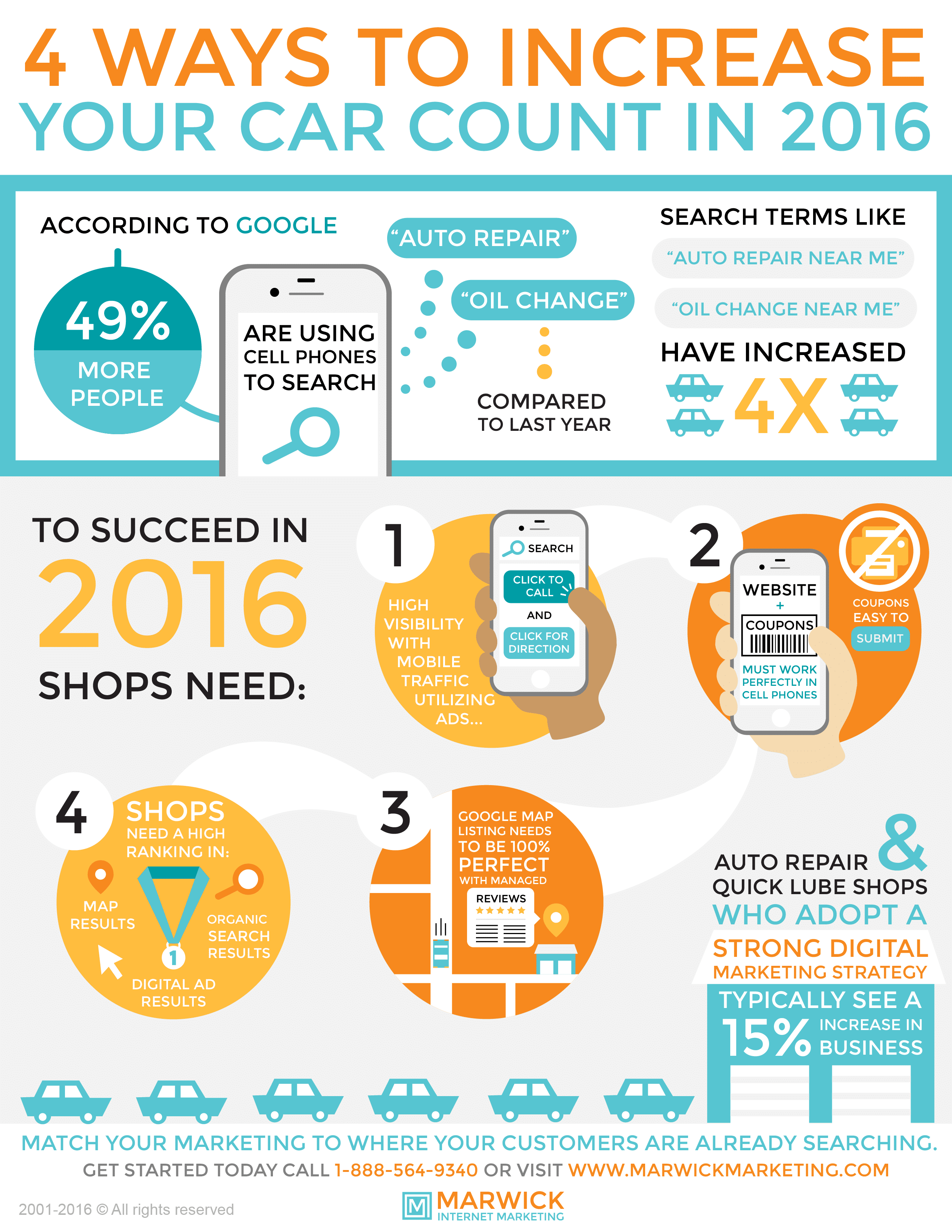Recognizing Your Vehicle'S Warning Lights: What Do They Truly Mean?
Recognizing Your Vehicle'S Warning Lights: What Do They Truly Mean?
Blog Article
Content By-Faulkner Winters
When you're behind the wheel, those radiant caution lights on your control panel can be a little bit bewildering. Do high end detailing understand what they're trying to tell you regarding your car's health? Comprehending the significance of these lights is crucial for your security and the long life of your vehicle. So, the following time among those lights turns up, wouldn't you wish to decipher its message properly and take the necessary steps to resolve it?
Common Caution Lighting and Interpretations
Recognize typical warning lights in your car and comprehend their significances to make certain safe driving.
One of the most common warning lights include the check engine light, which indicates problems with the engine or exhausts system. If this light begins, it's vital to have your car checked without delay.
The oil stress advising light shows reduced oil pressure, calling for prompt focus to prevent engine damage.
A blinking battery light might suggest a damaged charging system, potentially leaving you stranded if not dealt with.
The tire stress surveillance system (TPMS) light notifies you to low tire pressure, affecting lorry security and fuel effectiveness. Overlooking Highly recommended Reading could cause hazardous driving problems.
The ABS light shows a problem with the anti-lock stopping system, endangering your ability to stop rapidly in emergencies.
Finally, the coolant temperature level alerting light warns of engine getting too hot, which can lead to serious damages if not settled quickly.
Comprehending these common caution lights will certainly help you address problems immediately and keep secure driving problems.
Relevance of Prompt Attention
Recognizing the usual warning lights in your car is only the initial step; the importance of without delay attending to these warnings can not be highlighted sufficient to guarantee your security on the road.
When cardetail illuminates on your dashboard, it's your car's way of interacting a possible issue that needs attention. Neglecting these cautions can result in more severe issues in the future, endangering your security and possibly costing you more out of commission.
Prompt interest to cautioning lights can protect against break downs and mishaps. For instance, a flashing check engine light can indicate a misfire that, if left neglected, might create damage to the catalytic converter. Resolving this quickly can save you from an expensive repair service.
Similarly, a brake system alerting light could indicate reduced brake fluid or worn brake pads, essential components for your security when driving.
Do It Yourself Troubleshooting Tips
If you see a warning light on your dashboard, there are a few do it yourself repairing tips you can try prior to looking for expert assistance.
The initial step is to consult your auto's guidebook to recognize what the specific warning light shows. In some cases the problem can be as easy as a loosened gas cap triggering the check engine light. Tightening up the gas cap might resolve the trouble.
One more common concern is a low battery, which can set off various advising lights. Checking the battery connections for rust and ensuring they're safe may deal with the issue.
If a caution light persists, you can try resetting it by separating the cars and truck's battery for a couple of mins and after that reconnecting it. In addition, examining your lorry's fluid levels, such as oil, coolant, and brake liquid, can assist repair advising lights related to these systems.
Conclusion
In conclusion, understanding your auto's warning lights is necessary for keeping your car running smoothly and securely. By promptly attending to these signals and understanding what they indicate, you can prevent expensive repairs and prospective malfunctions.
Remember to consult your vehicle's manual for specific information on each alerting light and do something about it appropriately to ensure a hassle-free driving experience.
Stay notified, remain secure when traveling!
